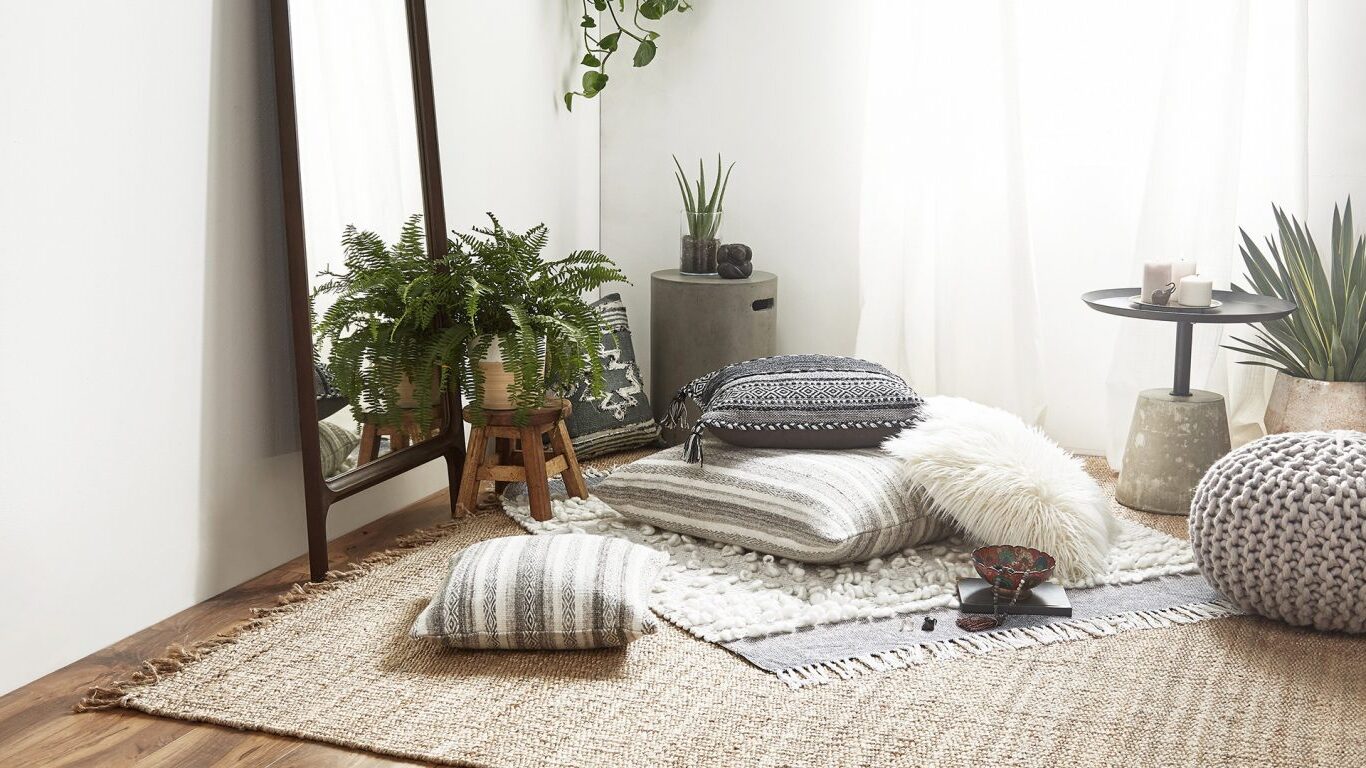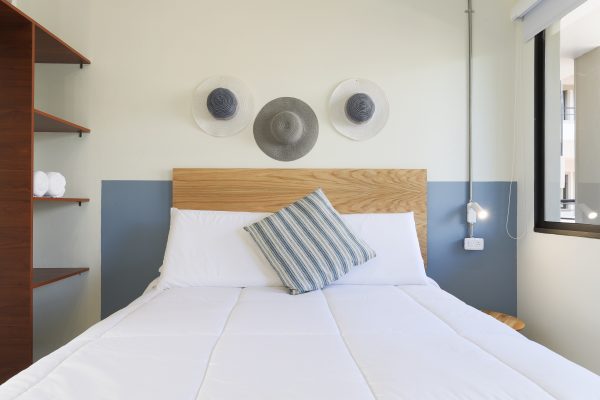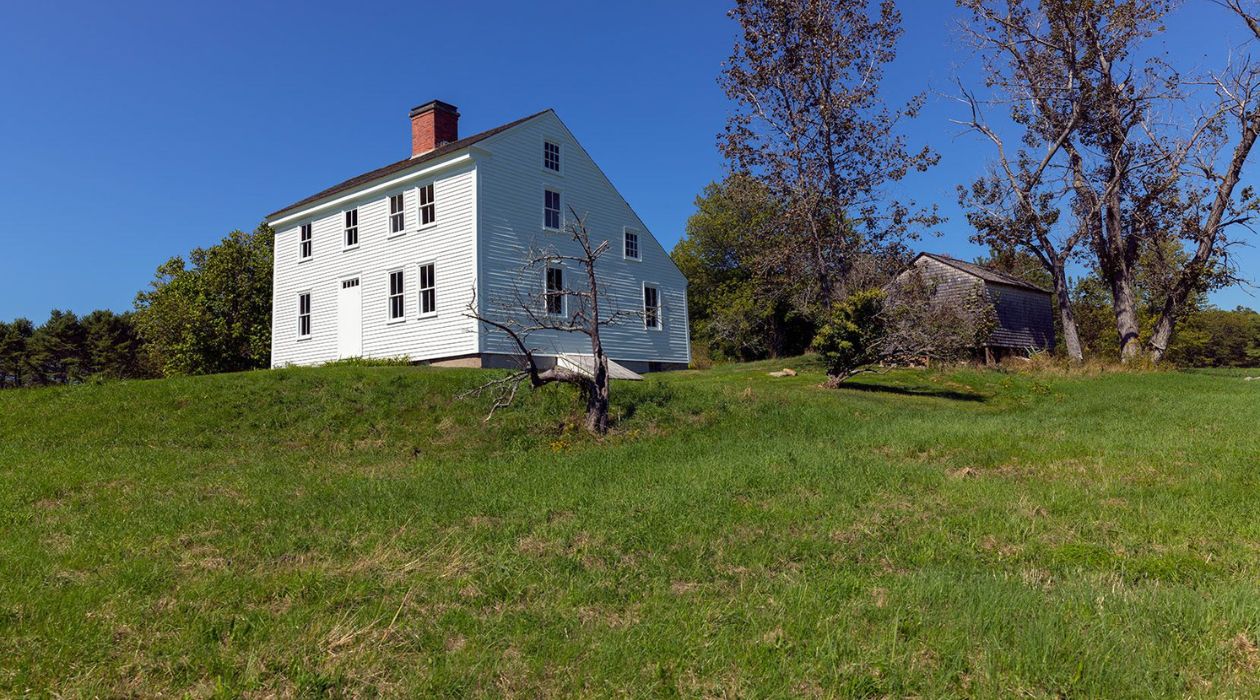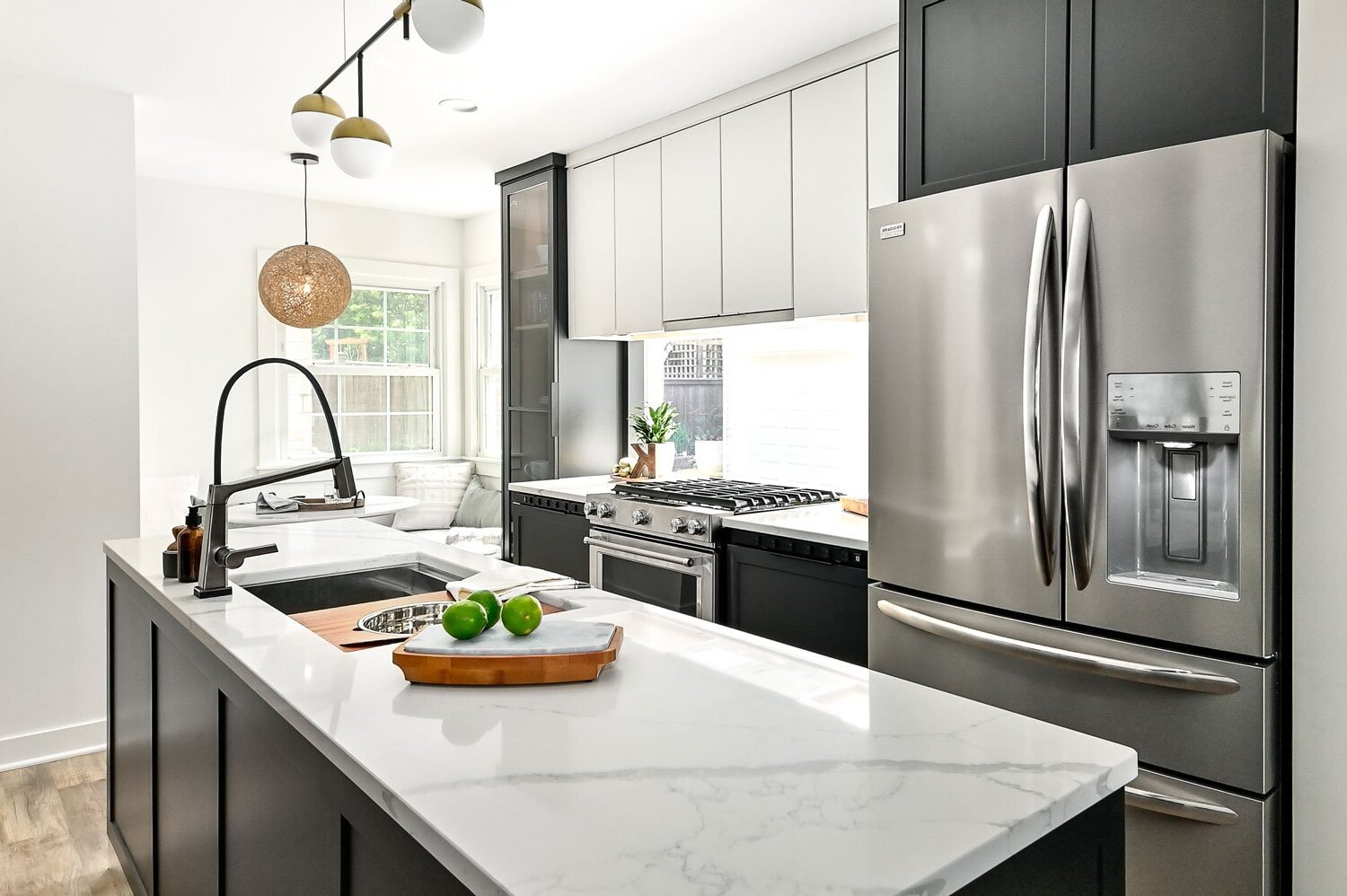Home>Articles>The Ultimate Guide to Creating a Therapeutic Outdoor Sanctuary


Articles
The Ultimate Guide to Creating a Therapeutic Outdoor Sanctuary
Modified: October 19, 2024
Create a serene outdoor sanctuary with our ultimate guide. Discover tips on lighting, design, and maintenance for a therapeutic space.
(Many of the links in this article redirect to a specific reviewed product. Your purchase of these products through affiliate links helps to generate commission for Storables.com, at no extra cost. Learn more)
Studies have shown that engaging in nature-based activities can significantly improve mental well-being. These findings explain why therapeutic gardens are becoming increasingly popular in urban and suburban settings. Gardens offer a retreat from the daily grind, providing a haven where individuals can connect with nature, unwind, and recharge.
Finding a space to relax and rejuvenate is more important than ever, and this guide will show you how to create such a space, enhancing your mental and physical well-being.
Understanding the Benefits of a Therapeutic Outdoor Sanctuary
Creating a therapeutic outdoor sanctuary offers numerous mental, emotional, and physical benefits. From reducing stress to providing a space for physical activity, these gardens are valuable to any home.
Read more: Zen Home Sanctuary Creation Guide
Mental health benefits
A systematic study revealed that therapeutic gardens can lead to decreased behavioral symptoms like agitation and aggressiveness in people with dementia compared to those without access to such spaces, highlighting their mental health benefits.
These gardens provide a serene environment that encourages meditation and reflection, fostering a sense of peace. Individuals can improve their emotional resilience and overall psychological well-being by spending time in these calming settings.
Physical health benefits
Outdoor activities like walking, gardening, and yoga can significantly improve physical health. These activities boost cardiovascular health, increase physical activity levels, and promote well-being.
Therapeutic gardens cater to people of all ages, offering age-specific activities that encourage physical fitness and enhance quality of life.
Emotional and social benefits
Therapeutic outdoor spaces can greatly enhance emotional well-being and foster social connections. Group meditation sessions and community gardening provide opportunities to bond with others and improve emotional health.
Designing Your Therapeutic Outdoor Sanctuary
Designing a therapeutic outdoor sanctuary requires thoughtful planning and consideration of various elements. From selecting the best location to incorporating natural elements, every detail matters.
Read more: The Ultimate Guide to Drafting Chairs
Choosing the right location
Selecting the right location for your sanctuary is crucial. Ensure the area receives adequate sunlight and has good drainage. Assess different areas in your yard or garden for their suitability. A quiet and private space will enhance the therapeutic experience that will let you relax and unwind fully.
Incorporating natural elements
Incorporating natural elements like plants, water features, and natural materials can transform your outdoor space into a therapeutic haven. Choose plants that are visually appealing and easy to maintain. Water features like small ponds or simple fountains add a soothing auditory element.
Natural materials such as wood or stone produce a harmonious and balanced environment.
Selecting outdoor lighting
Outdoor lighting significantly contributes to a therapeutic ambiance. Consider incorporating flush-mount ceiling lights to create a soft, inviting glow. Providers like Visual Comfort & Co. feature an excellent selection of lighting options that enhance your outdoor sanctuary’s serene and health-promoting atmosphere.
Creating a Multi-Sensory Experience
A therapeutic outdoor sanctuary must offer a multi-sensory experience. Catering to diverse user needs, including age-specific activities, ensures everyone can benefit from the garden.
Read more: Ultimate Guide To Storm Windows
Visual elements
Visual elements such as color, texture, and layout are crucial in creating a therapeutic environment. Use a variety of plants, flowers, and decorative elements to enhance visual appeal. Lighting also plays a vital part in highlighting visual elements and creating a calming atmosphere.
Auditory elements
Auditory elements like water features, wind chimes, and bird feeders can enhance the therapeutic experience. The sound of flowing water, gentle chimes, and chirping birds creates a soothing and peaceful soundscape.
Choose elements that complement the overall design and enhance the sense of tranquility.
Tactile and olfactory elements
Tactile and olfactory elements add another layer of sensory engagement. Plants with interesting textures and fragrant flowers stimulate touch and smell senses. Examples include lavender for its calming scent and lamb’s ear for its soft, velvety leaves.
Creating a sensory-rich environment promotes relaxation and well-being.
Maintaining Your Therapeutic Outdoor Sanctuary
Regular maintenance will ensure your therapeutic outdoor sanctuary is effective and lasts longer. Involving family or community members in the maintenance process can make it more enjoyable and less burdensome. Here are a few tips to keep in mind:
Read more: The Ultimate Guide To Storage Drawers
Seasonal maintenance
Seasonal maintenance tasks like pruning, planting, and cleaning are crucial. Prepare your sanctuary for different seasons by selecting plants that thrive in various weather conditions. Regular upkeep maintains the therapeutic ambiance and keeps your garden looking beautiful year-round.
Routine care
Routine care tasks such as watering, weeding, and fertilizing are vital for a thriving garden. Create a maintenance schedule to ensure consistent care. Utilizing sustainable and eco-friendly practices, such as composting and rainwater harvesting, benefits your garden and the environment.
Enhancing and updating your sanctuary
Periodically enhancing and updating your outdoor sanctuary keeps it fresh and engaging. Add new plants, change decor, or introduce new activities to maintain interest. Continuous improvement ensures that your sanctuary’s therapeutic benefits remain strong.
Reflecting on Your Therapeutic Outdoor Sanctuary Journey
Creating a therapeutic outdoor sanctuary is a rewarding journey that offers numerous benefits. Regularly enjoy and appreciate your sanctuary, and share your experiences and advice with others to inspire more people to create their own therapeutic outdoor spaces.
For more tips and personalized advice, consider consulting with a professional garden designer or joining a community of garden enthusiasts. Happy gardening!
Was this page helpful?
At Storables.com, we guarantee accurate and reliable information. Our content, validated by Expert Board Contributors, is crafted following stringent Editorial Policies. We're committed to providing you with well-researched, expert-backed insights for all your informational needs.













0 thoughts on “The Ultimate Guide to Creating a Therapeutic Outdoor Sanctuary”